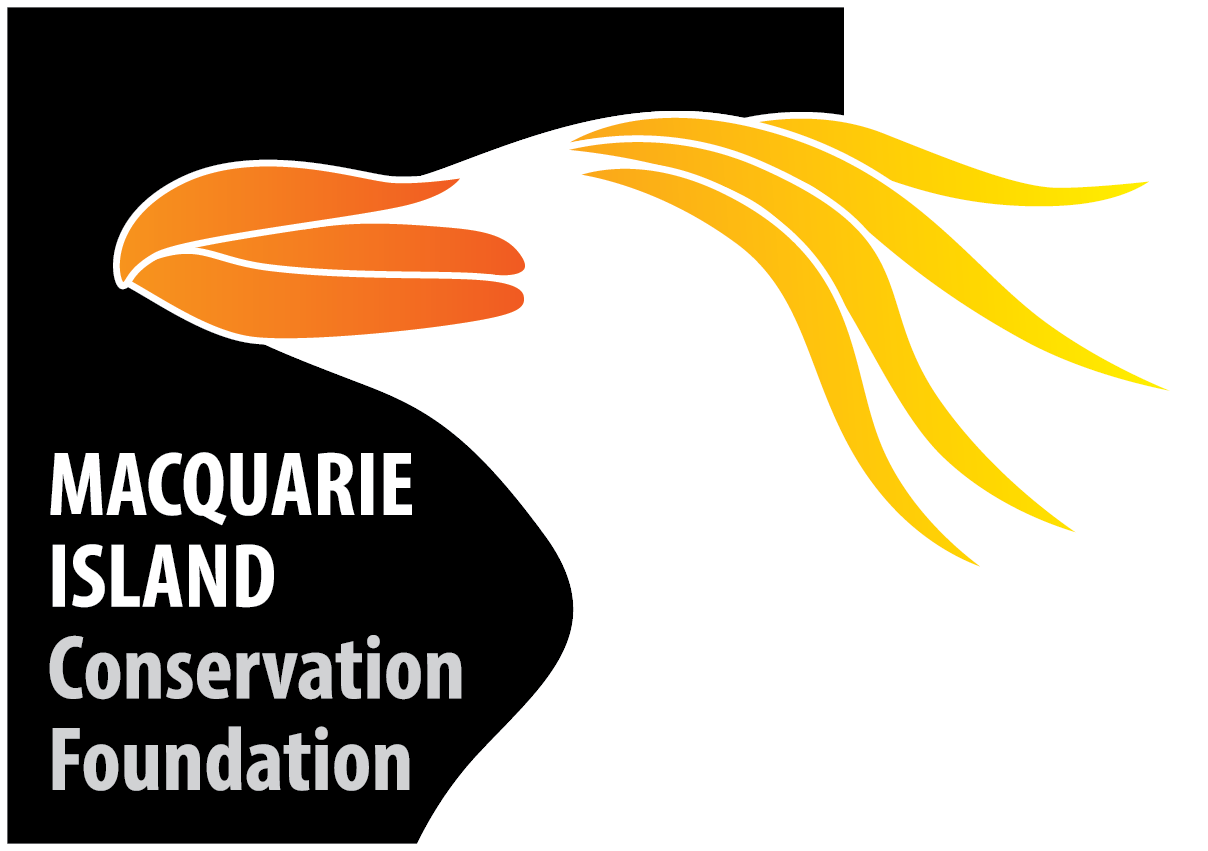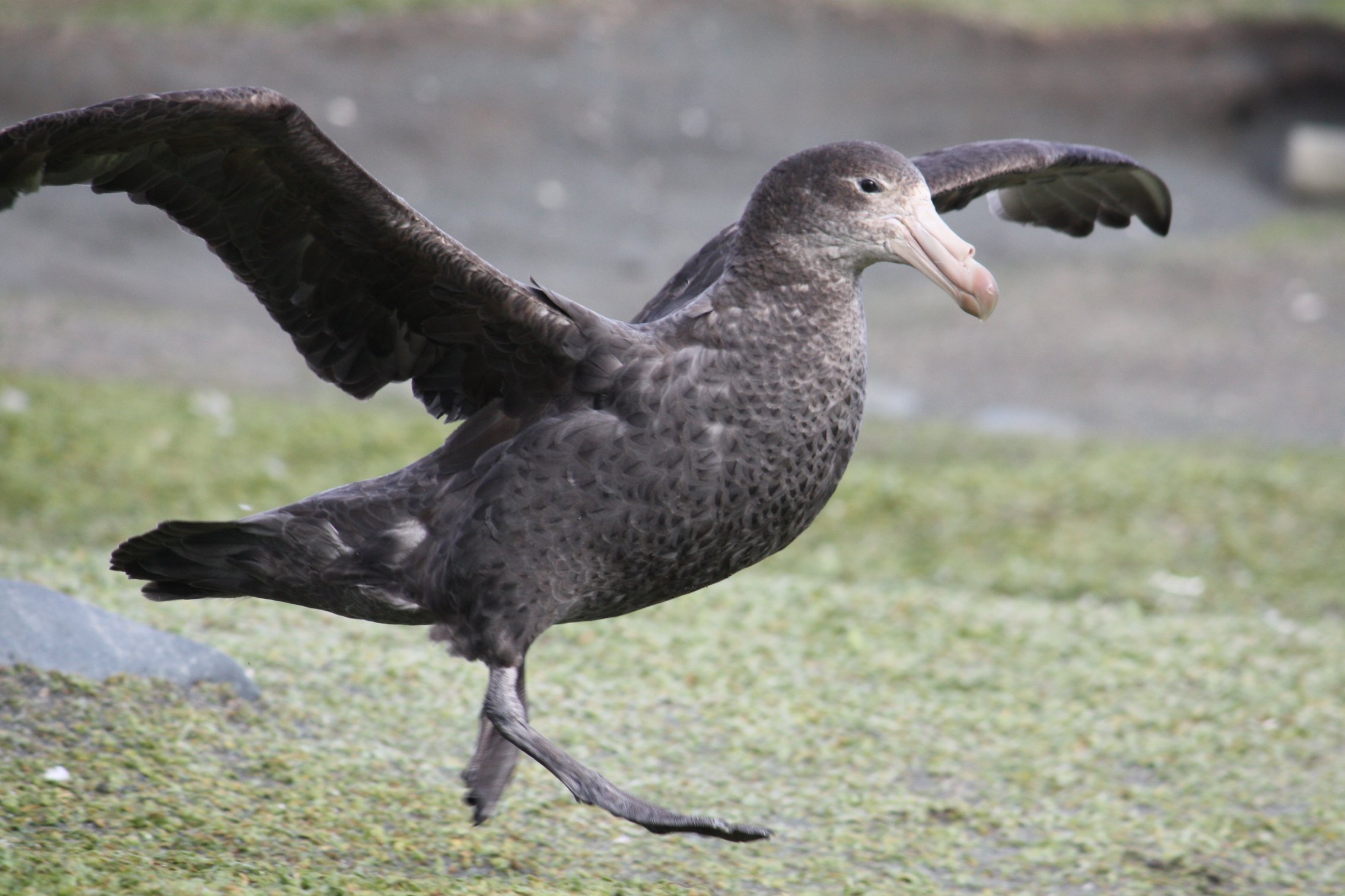
Predators and scavengers
Giant Petrels
Both northern and southern giant petrels breed on Macquarie Island during the summer months. Both species primarily breed around the coastal flats; laying one egg which they guard for a short period after hatching and both parents share incubation and chick rearing duties. They feed on fish, squid, birds at sea and on land they prey on penguins and consume carrion. Given their large size, they need a run-up to take off, which coupled with the close proximity of nests can be catastrophic if a colony is startled, as birds can easily trample the eggs in neighbouring nests. This flighty behaviour also can leave their eggs exposed and vulnerable to predation by skuas. The main threats to giant petrels are longline fishing and disturbance by humans. The island’s Special Management Areas (SMAs) protect the majority of breeding giant petrels. These SMAs are closed to expeditioners during the breeding season to minimise disturbance. Their numbers reduce during winter, however a number of birds are still seen around the coast building practice nests, pair bonding and hunting king penguin chicks.
Northern Giant Petrel (Macronectes halli)
Conservation Status: Vulnerable (EPBC)
Macquarie Island population: ~1500-2000 pairs
Approx global population: 10,000 - 15,000 pairs
Northern giant petrels have a distinctive pink bill tip and breed singularly or in loose colonies, laying eggs in September and fledging chicks in February/March.
Southern Giant Petrel (Macronectes giganteus)
Conservation Status: Endangered (EPBC)
Macquarie Island population: ~1500-2000 breeding pairs annually
Approx global population: ~100,000 breeding pairs
Southern giant petrels are colonial breeders with colonies ranging in size from one to over a hundred pairs. They lay eggs in October with chicks fledging in fledge in March/April. This species can be very flighty and highly susceptible to disturbance.
Other predatory birds
Subantarctic Skua (Catharacta skua lonnbergi)
Conservation Status: Not listed (EPBC)
Macquarie Island population: Unknown (est. 550 pairs)
Approx global population: ~14,000 breeding pairs
Skuas are clever birds which aggressively hunt prey, often cooperatively with other skuas. They are territorial and their alarm call is a common sound around Macquarie Island over summer. Skuas breed in short grassland around the coast and plateau. They lay two eggs in October, chicks hatch in December and fledge in late January/February. Natural prey includes penguin eggs and chicks, burrowing petrels and carrion. Most birds leave the island for the winter months.
Kelp Gull (Larus dominicanus)
Conservation Status: Not listed (EPBC)
Macquarie Island population: Unknown (est. 150 pairs)
Approx global population: ~3.3-4.3 million individuals
Kelp gulls are the only gulls found on Macquarie Island breeding around the island on rock stacks and small coastal slopes. They typically lay three eggs during the summer months. In the winter months they congregate in large flocks around the coast. Their diet typically consists of insects, molluscs and carrion.




